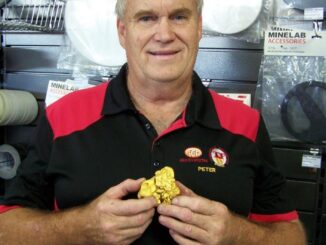Recently, many car owners have encountered a troubling and potentially dangerous issue: mice nesting in their vehicles. This problem not only causes inconvenience but can also seriously impact the performance and safety of the car. This article will explore the causes, damage, and solutions for mice nesting in cars.

Causes
Favorable Environment: Cars, especially those that are infrequently used or parked in less trafficked areas, provide an ideal environment for mice. The enclosed and warm space inside the car can attract mice looking for shelter.
Food Residues: Sometimes, food or drink spills or remnants left inside the car can attract mice. Food scraps provide an important nutritional source for them.
Gaps and Holes: Small gaps or holes in the car, such as air vents, spaces under seats, or junction points between parts, serve as ideal entry points for mice.
Damage

Electrical System Damage: Mice can chew through wires in the car, causing electrical issues ranging from minor problems like malfunctioning lights to serious issues such as engine control failures.
Interior Damage: Mice can gnaw on various interior parts of the car, such as seats, carpets, and sound insulation materials, leading to costly repairs or replacements.
Health Risks: The area where mice nest can become a breeding ground for bacteria and mold, affecting the health of the vehicle’s occupants. Additionally, the smell and waste from mice can be unpleasant.
Reduced Resale Value: Damage and poor maintenance can decrease the vehicle’s value when you decide to sell or trade it in.
Solutions

Regular Cleaning: Regularly inspect and clean the car, removing all food and drink residues that could attract mice.
Inspect and Repair Gaps: Ensure that all gaps and holes in the car are sealed to prevent mice from entering. Repair or replace any damaged parts to block potential entry points.
Use Repellents: Mice repellents such as traps, deterrents, or essential oils can be used to prevent mice from approaching the car.
Park in Well-Lit and Monitored Areas: Parking in well-lit and high-traffic areas can help reduce the risk of mice nesting in the car.
Regular Checks: Periodically inspect the inside of the car, especially hard-to-see areas like under seats and in storage compartments, to detect early signs of mice.
Conclusion
Mice nesting in cars is not only a bothersome issue but can also lead to serious problems affecting the vehicle’s performance and safety. Understanding the causes, potential damage, and preventive measures can help car owners protect their vehicles from unwanted problems. By implementing preventive measures and conducting regular inspections, you can keep your car in optimal condition and minimize the risk of mice nesting.


